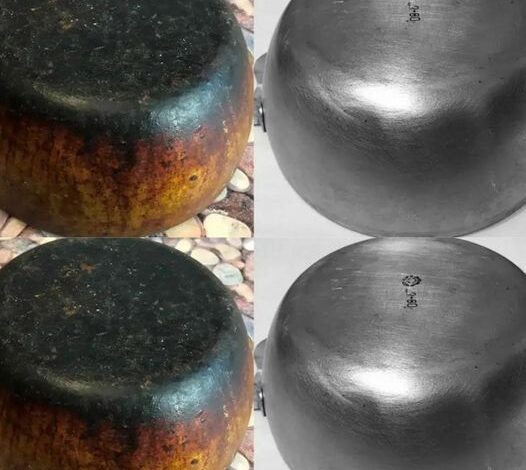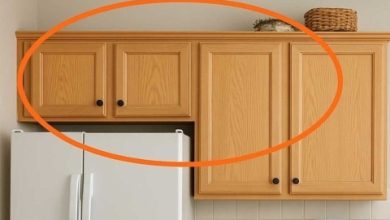How to clean a burnt pan or saucepan and make it like new

Reviving burnt pans and saucepans can bring new life to your kitchen essentials. Over time, cookware loses its luster, accumulating stubborn grime. Instead of discarding these items, a simple, cost-effective method can restore them. This guide will take you through the process of cleaning burnt pots and pans, using materials readily available in your home.
The Trick to Cleaning Burnt Cookware
Burns, grease stains, and other damage can mar your pots and pans, but don’t rush to throw them away. The solution lies in an unexpected hero – aluminum foil.
What You’ll Need:
- Aluminum foil
- Dish soap
- Water
- A little elbow grease
Instructions:
Prepare Your Tools: Begin by crumpling aluminum foil into a medium-sized ball. This makeshift scrubber is surprisingly effective at tackling tough stains.
Apply Dish Soap: Before scrubbing, spray your pan with a household cleaner suitable for cookware. Alternatively, create a soapy solution by adding a few drops of dish soap to water.
Scrub Away: Use the aluminum foil ball to scrub the surface of your cookware. Apply consistent, firm pressure to work away at burnt areas and grease stains. It might take effort and patience, but the results are worth it.
Rinse and Dry: After scrubbing away the grime, rinse your cookware thoroughly with water. Dry it with a clean towel or let it air dry to reveal a pan that looks almost new.
Additional Uses for Aluminum Foil
Aluminum foil proves to be a versatile kitchen staple with several other household applications:
- Preserving Freshness: Wrap bread or cakes in aluminum foil to maintain their freshness.
- Preventing Oven Stains: Cover your oven’s bottom with aluminum foil to catch grease and spills, making cleanup easier.
- Simplifying Ironing: Place a sheet of aluminum foil under the ironing board cover to iron both sides of a garment simultaneously, thanks to the foil reflecting heat.
- Protecting Plants: Small pieces of aluminum foil in plant pots can deter insects from damaging your flowers.




